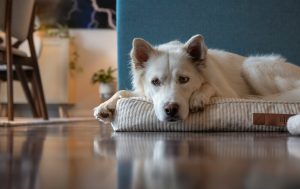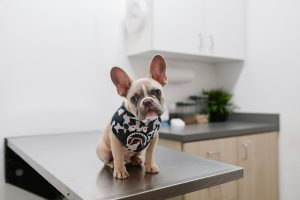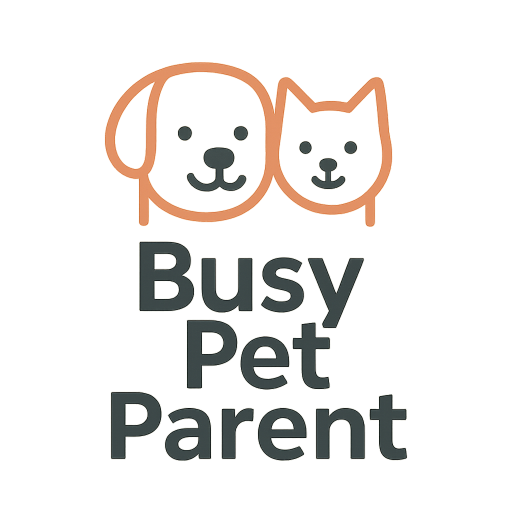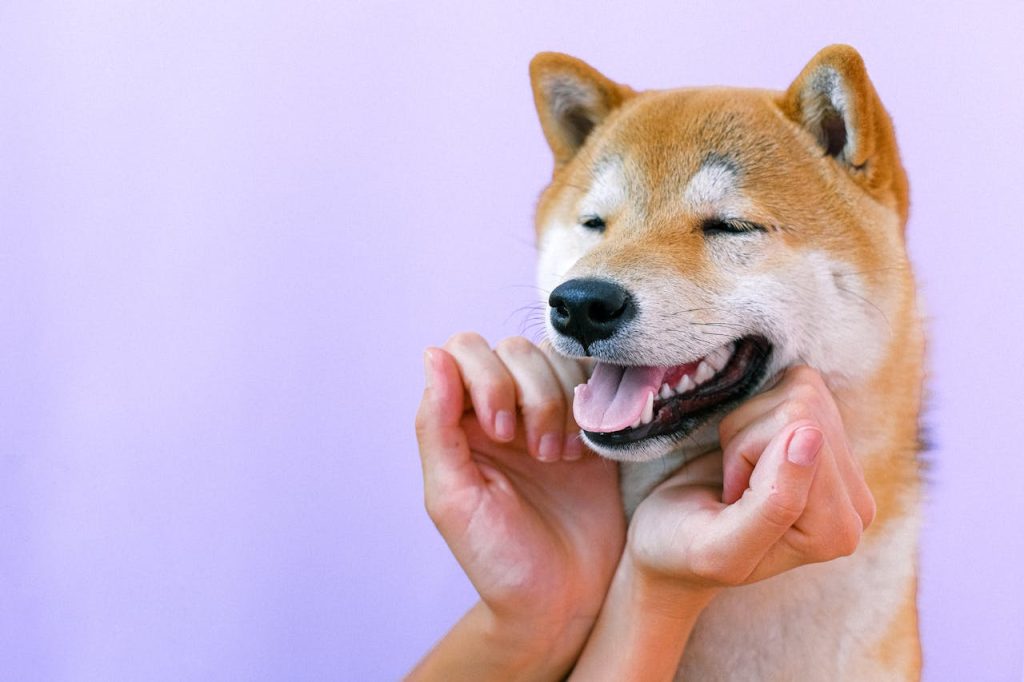
15 Clear Signs to Answer the Question: Is My Dog Happy?
If you’ve ever looked at your pup and wondered, “is my dog happy?” you’re not alone. Happiness in dogs shows up as a pattern—little daily moments that add up to overall wellbeing. While no single signal tells the whole story, consistent body language, habits, and emotional resiliency paint a clear picture. This guide breaks down 15 reliable signs your dog is happy, plus small adjustments you can make to keep that tail wagging in an apartment setting.
Think of happiness as a triangle: health (sleep, appetite, comfort), behavior (play, curiosity, social interest), and environment (predictable routines, enrichment, safety). When those three are in balance, dogs move through their day with an easy rhythm—settling after play, greeting you with soft eyes, bouncing back quickly from mild stressors. As you read through the signs, note which ones you’re already seeing, and which could use a bit of support. For health maintenance and prevention, lean on routine veterinary care and daily care basics (see the ASPCA’s dog care overview and VCA’s preventive care guidelines in the resources noted above).
1. Relaxed, “Soft” Body Language Most of the Day
Happy dogs carry a certain looseness: a gently wagging tail at mid-height, soft eyes (no hard stare), slightly open mouth with relaxed jaw, and fluid movement. In apartments, you’ll often notice “soft” behavior during routine transitions—when you stand up from the couch, your dog glances over with neutral ears and a light tail swish rather than startling or hypervigilance. On walks, they check in with you, sniff with interest, and recover quickly from small surprises (like an elevator noise or hallway footsteps).
If you’re not seeing much softness, build predictability. Create short, repeating blocks in the evening: potty → calm play or training → water → settle to bed. The consistent sequence lowers background stress and helps you answer “is my dog happy” with more confidence. If anxiety spikes around storms or building noises, pair this with our thunderstorm anxiety tips to restore that loose, easy body language.
2. Regular Play Invitations and Curious Sniffing
Happy dogs initiate play—bringing a toy, doing a play bow, or trotting off and looking back as if to say, “Chase me!” You’ll also see a steady appetite for sniffing. Scenting is brainwork; when dogs feel safe and content, they want to explore. Even apartment dogs show this indoors: nosing a snuffle mat, investigating a cardboard box puzzle, or “foraging” in a towel roll for kibble.
To encourage more curiosity (and answer your own “is my dog happy” check-ins), schedule two daily micro-sessions of enrichment (5–8 minutes): a snuffle mat in the morning and a simple cardboard “find it” game after dinner. Keep toys on rotation so they feel novel. If you also crate for naps or downtime, layer this with our crate training tips to ensure play and rest stay balanced rather than chaotic.
3. Easy Settling and Quality Sleep
One of the clearest signs of a happy dog is a predictable “arc” to the day: periods of alert engagement followed by true rest. Happy dogs can downshift—stretching into a donut, sighing, and dozing without persistent pacing or attention-seeking. In small spaces, that looks like choosing a bed in a quiet corner, napping after a walk, and not startling awake at every hallway sound.
Support quality rest with environment cues: a consistent bedtime, white noise or a fan to mask building sounds, and a comfortable bed away from drafts. If you’re optimizing the apartment layout, see our room-by-room pet safety guide to carve out a den-like sleeping zone. Preventive care (routine wellness, weight management, dental) from resources like the VCA preventive guidelines supports pain-free sleep—because comfort and health are foundational to happiness.
4. A Healthy Appetite Without Obsession
One simple way to answer “is my dog happy” is to watch mealtime habits. Happy dogs show eagerness when food appears—tail wagging, ears perked—but they aren’t frantic or stressed. After eating, they relax instead of pacing for more. A balanced appetite signals comfort, security, and appropriate energy use across the day.
If appetite swings or food guarding appear, rule out medical issues with your vet. Then add enrichment: scatter feeding, snuffle mats, or puzzle toys slow intake and satisfy the brain. The ASPCA dog care basics can help with portions and routines so meals stay calm and happy.
5. Quick Recovery From Mild Stress
Happy doesn’t mean stress-free; it means resilient. After a hallway bang or dropped pan, a content dog startles and then settles—sniffing, shaking off, or returning to rest within minutes. This bounce-back shows a stable emotional baseline.
Coach resilience with controlled exposure and easy wins: pair sudden sounds with tossed treats or a brief game, then end on calm. Borrow ideas from our thunderstorm anxiety guide and apply them to apartment noises so your pup learns that surprises pass safely.
6. Interest in Daily Routines and Walks
When you reach for the leash or prep a routine task, a happy dog perks up—soft eyes, loose tail, eager trot to the door. Predictable rituals signal safety and partnership, which is especially important in apartments with fewer novel spaces.
Keep walk times consistent and add micro-training (sits at doors, check-ins at corners) plus generous sniffing. For shaping an environment that supports calm routines, see our room-by-room apartment safety guide. Consistency makes “is my dog happy” easier to answer with a confident yes.
7. Willingness to Engage and Train
A happy dog shows interest in learning and interacting with you. When you call their name, they look over. When you pick up treats, they’re alert and ready to try. In apartments, even short two-minute sessions of “sit,” “touch,” or trick practice are signals of trust and enjoyment.
If training feels like a battle, reduce the pressure—aim for micro-sessions with easy wins, lots of praise, and breaks. You’ll notice progress in eagerness: ears perked, soft tail swish, and repeated offers of the behavior. Regular, positive training deepens your bond and provides enrichment that reinforces your answer to “is my dog happy.”
8. Healthy Social Curiosity With People and Pets
Happy dogs display social curiosity—sniffing new people gently, wagging softly when meeting a neighbor’s dog, or glancing at you before approaching someone new. They don’t need to be overly outgoing; the key is calm interest rather than fear or hostility.
Support positive encounters by pairing introductions with praise and choice—allowing your dog to approach at their pace. Social confidence grows over time, and that steady curiosity is a reassuring answer when you’re asking yourself, “is my dog happy in this environment?”
9. Balanced Energy: Playful but Not Hyperactive
Happiness shows in balance. A dog with good wellbeing plays with bursts of energy, then relaxes easily afterward. If your pup is zooming non-stop or, conversely, sluggish and uninterested, those can be red flags. A happy dog cycles naturally through energy and rest without extremes.
Create balance through structured play (fetch, tug, puzzle toys) and built-in calm time. Routine helps: morning exercise, mid-day mental stimulation, evening settle. When this rhythm is in place, you can look at your relaxed, playful pup and feel sure about the answer to “is my dog happy.”
10. Consistent Tail Wags With Loose Movement
The tail is a reliable barometer of mood. A happy dog’s wag is relaxed, often at mid-height, sweeping or circular, paired with loose hips or even a whole-body wiggle. Unlike stiff, high, or tucked positions, this wag shows ease and comfort in their environment.
Notice context: tail swishing as you come home, during gentle greetings, or in playful anticipation of walks. These moments are daily evidence answering your question, “is my dog happy?” in the simplest, wag-filled way.
11. Gentle Eye Contact and “Soft” Expressions
Dogs communicate with their eyes. A happy dog offers relaxed eye contact—blinking slowly, gazing briefly before turning away, or squinting during belly rubs. These “soft eyes” contrast with hard stares, whale eye, or avoidance, which signal discomfort.
Encourage soft expressions with calm handling: slow blinks, gentle strokes, and predictable routines. When your dog meets your eyes with ease, it’s both a trust signal and an answer to “is my dog happy?”—because emotional security shines through in the eyes.
12. Play Bows and Happy “Zoomies”
Few sights are as clear as the play bow: front end down, rear in the air, tail wagging. It’s an unmistakable invitation to play, often followed by joyful sprints—zoomies around the living room or across the park. These playful bursts are strong indicators of joy and confidence.
Allow safe spaces for zoomies, even in small apartments—clear hallways or open rooms without breakables. Recognize and encourage play bows with positive responses. These spontaneous, silly gestures are daily proof when you wonder, “is my dog happy?”
13. Seeking Affection and Physical Contact
Happy dogs seek closeness. They lean on your leg, nudge your hand for a scratch, or curl beside you on the couch. These gestures show trust and comfort with touch. While each dog’s “love language” varies, voluntary contact is a universal marker of contentment.
Respect your dog’s preferences—some enjoy full cuddles, others prefer brief head rubs. Meeting them where they are reinforces their trust. When your pup consistently chooses contact, it’s a reassuring answer to “is my dog happy?”
14. A Relaxed Belly-Up Pose
Dogs that roll onto their backs with loose limbs and soft eyes are displaying deep trust. While sometimes it’s a request for a belly rub, often it’s simply a relaxed posture that signals, “I feel safe here.” In apartments, you might see this after play sessions or in cozy evening routines.
Don’t force belly rubs if your dog isn’t asking—gentle scratches or just letting them lie comfortably are enough. This vulnerable pose is one of the clearest body-language signs that answers your question, “is my dog happy?”
15. A Balanced Daily Rhythm of Rest, Play, and Connection
Perhaps the most holistic sign of happiness is balance. Your dog alternates between rest, play, social interaction, and alone time smoothly. They don’t cling desperately, nor do they isolate. They rise happily for walks, nap peacefully afterward, and greet you warmly when you return home.
If your dog follows this steady rhythm, you can be confident in answering “is my dog happy?” with a yes. When any one piece falters—too little sleep, hyperactivity, or withdrawal—revisit routines, enrichment, and preventive care to restore balance and joy.
Final Thoughts: So, Is My Dog Happy?
Happiness in dogs is not about constant tail wags or endless play. It’s about balance—healthy rest, gentle curiosity, resilience, affection, and a predictable rhythm that lets them feel safe and content. If you recognize most of these 15 signs in your dog, you can confidently answer “yes” when you wonder, is my dog happy?
For areas that need support, remember that small changes in routine, environment, and preventive health care make a big difference. Use trusted resources like the ASPCA general dog care guide and VCA preventive care guidelines to back up your daily efforts. Every improvement you make—whether it’s structured walks, crate training for calm rest, or creating safe apartment spaces—adds to your dog’s overall wellbeing and joy.
Frequently Asked Questions
How do I know for sure if my dog is happy?
Look for consistent signs like relaxed body language, balanced energy, regular play invitations, and the ability to rest peacefully. Together, these daily signals help you answer the question “is my dog happy?” with confidence.
Can a dog be happy in an apartment?
Yes. With enrichment, structured walks, safe spaces, and bonding time, dogs thrive even in small apartments. Happiness depends more on routine and care than square footage. See our apartment safety guide for setup ideas.
What should I do if my dog seems unhappy?
First, rule out medical issues with a vet visit. Then adjust daily routines: add short training sessions, more sniffing opportunities, or calming downtime. If anxiety persists, our thunderstorm anxiety guide has tips that apply to many stress triggers.
Does tail wagging always mean my dog is happy?
Not always. A loose, mid-height wag usually indicates joy, but stiff or high-speed wags can signal tension or arousal. Context matters: check eyes, ears, and body posture to fully answer “is my dog happy?” in that moment.
How can I make my dog happier every day?
Consistency is key. Stick to regular mealtimes, daily walks, and micro-play sessions. Rotate toys for novelty, offer enrichment puzzles, and maintain preventive care. Small daily acts add up to a confident “yes” when you ask yourself, “is my dog happy?”
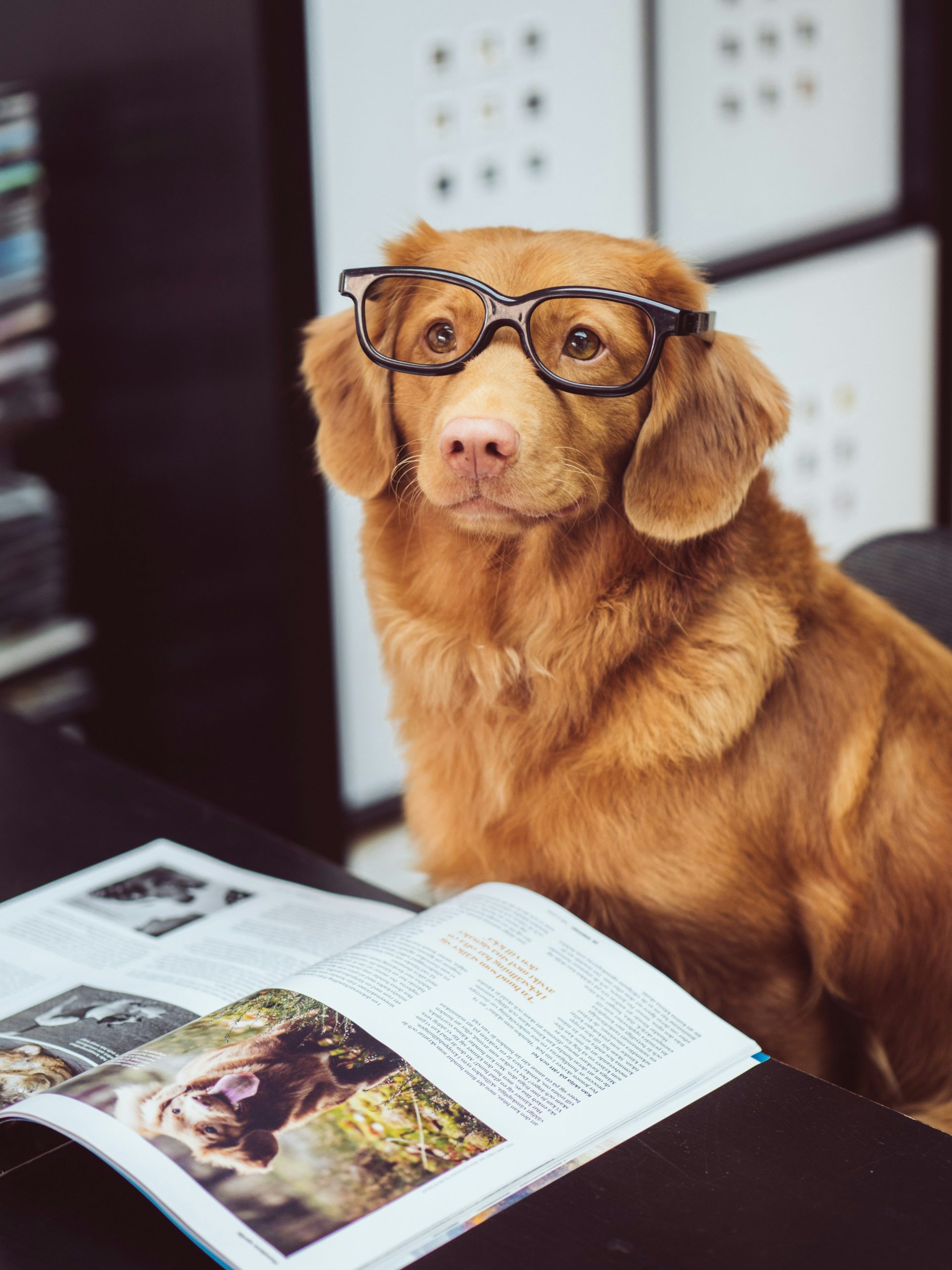
Join the Busy Pet Parent Newsletter!
Get easy routines, time-saving tips, and the latest gear reviews—delivered straight to your inbox.
Perfect for busy pet owners, apartment dwellers, and anyone who wants a happy, healthy companion (without the stress).
Exclusive guides & checklists
Product recommendations & deals
No spam—unsubscribe anytime!
